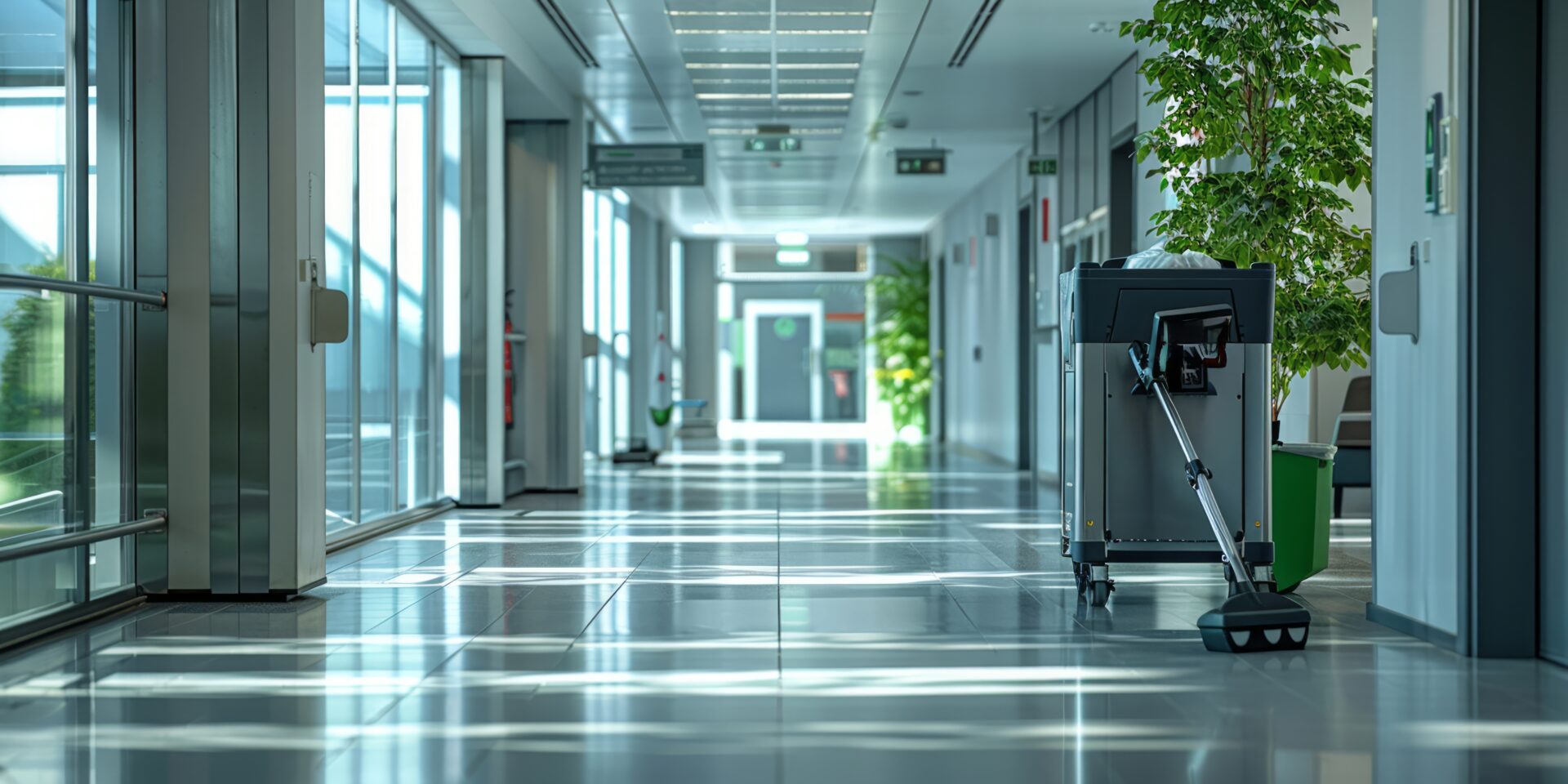
A Conversation with FEA President and COO Laurie Gilmer on Effective Facility Management
R-Zero recently connected with Laurie Gilmer, President and COO at Facility Engineering Associates (FEA) and former chair of the International Facility Management Association (IFMA), to discuss actionable ways that facility managers can improve their building performance and increase their energy savings.
Through her work at the FEA, Laurie mentors facility managers on strategies to best optimize the management, performance, operations, and energy efficiency of commercial buildings.
Here are the top takeaways from our conversation with Laurie.
You can also watch the full webinar here.
Effective facility managers can “speak the language of the CEO”
The most effective facility managers understand the big-picture goals of the organization they support and can communicate the impact of their facilities work in a way that resonates with the organization’s leadership. “Speaking the language of the CEO,” is critical to getting budgets and necessary facilities changes approved. According to Laurie, facility managers should frame their work as an investment in organizational success by connecting building performance requirements to elements that a company’s leadership cares most about, like uptime or productivity.
“Great facility managers understand how to translate the activities of their team to what those in the upper level positions need to know about. They’re good at speaking the language of the CFO, COO,and CEO, and letting them know the work we’re doing and how its affecting the organization.”
Facilities managers need software that can unite disparate building intelligence data
As commercial buildings continue to automate their systems, facility managers face challenges of data complexity and data silos. The best facility managers are constantly measuring their building’s health and responsiveness, monitoring energy performance, occupant comfort, and space utilization to track changes month over month and assess the performance of current facilities strategies. As a result, there’s a need for smart and intuitive software that can integrate and synthesize building data in a way that gives facility managers a holistic view of what’s happening across their systems and equipment. Intelligent software that can deliver actionable insights and that can be linked to key outcome metrics is becoming essential to the successful management of facilities.
“Technology is really great at pointing out problems. We have to put the data together to understand the story on what to walk down, what to fix, etc.”
Increased O&M budgets and better training result in improved facilities outcomes
According to Laurie, outside of intelligent technology adoption, increased operations and maintenance budgets, and better training programs, are key drivers for success in facilities outcomes.
As facility management teams adopt more technology to track and action on building systems, it’s crucial that team members receive quality training so that they can effectively understand how to interpret and optimize the insights the technology delivers. The effectiveness of a facilities management team can be understood by tracking the completion rate of preventative maintenance. Is all planned maintenance getting completed on a monthly and quarterly basis? A backlog can indicate that there isn’t enough staff to complete regular maintenance, which is essential to preventing problems down the line.
“There isn’t really one tech solution that truly does everything. You have to have a trained staff who understands what’s in their building. What if you sensor up the building, that’s great, but you need to understand how to interpret sensor data into what’s happening in your facility.”
Optimize your building intelligence strategy with R-Zero
The best facilities teams regularly measure their building health and responsiveness, monitor energy performance, occupant comfort, and space utilization to track the performance of their spaces in real-time, and over-time.
Let R-Zero help your facilities management team get to the next level with our intelligent building sensors.
More posts you might like
-

The importance of indoor air quality testing in office buildings
In today’s workplace, ensuring a healthy and productive environment for employees is crucial. One of the most significant factors influencing workplace well-being is indoor air quality (IAQ). As part of our focus on smart buildings, R-Zero offers advanced indoor air quality testing solutions like the R-Zero IAQ Monitor, designed specifically for enhancing occupant comfort and […]
-

What is Smart Cleaning & How Can it Benefit My Healthcare Facility?
Did you miss our recent webinar on how smart cleaning can help optimize healthcare facilities for people, energy, and sustainability? During the webinar, our healthcare experts covered insights and case studies exploring how data-driven strategies are enhancing hospital cleaning protocols, resulting in optimized EVS staff productivity, faster patient room turnaround, and more effective cleaning of […]
-

The Value of Improving Indoor Air Quality in Buildings
Understanding and improving indoor air quality is important because it ensures your indoor spaces are providing adequate ventilation and keeping building tenants comfortable, productive, and healthy. Indoor air quality monitoring is also a strategic tool that can help you reduce unnecessary energy costs tied to overrunning your HVAC systems to increase ventilation in your spaces. […]